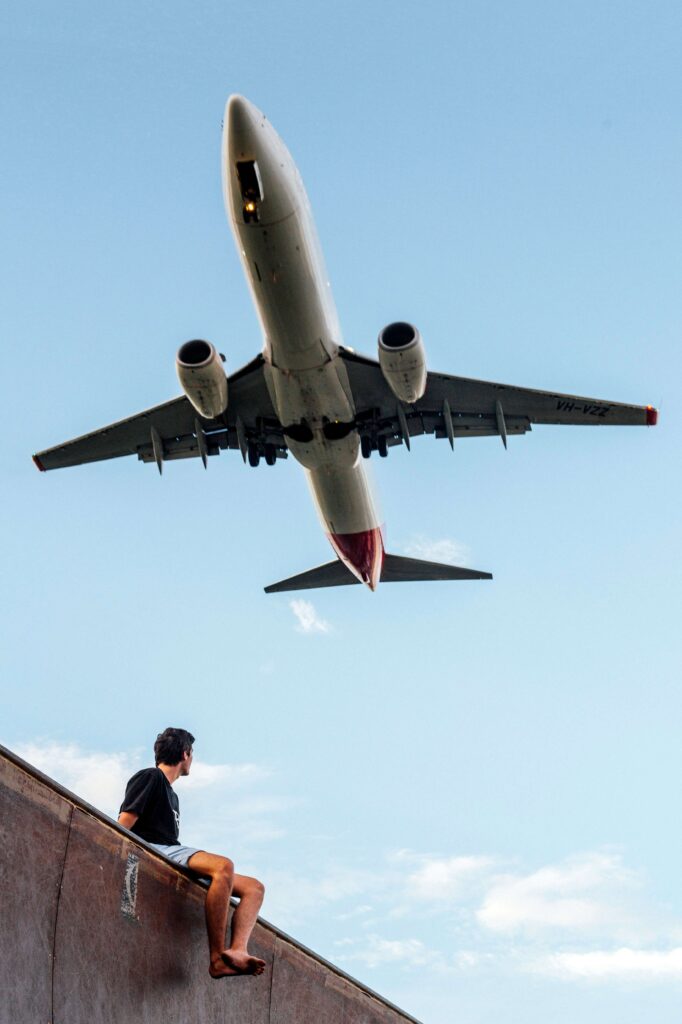What Affects the way I hear Aircraft Noise?
Noise is defined as unwanted sound that may result in disturbance and annoyance. Aircraft noise is unwanted sound that is generated from some sort of aircraft operation, whether it be from landing, en-route, departing, or even from flight operations on the ground. Aircraft noise can be anywhere, but many factors ultimately influence how much, how it sounds, and how we hear it.

Noise Generation
Aircraft noise is created by airflow around the aircraft fuselage and wings, as well as noise from the engines. Different aircraft types and engine combinations produce different noise levels with different frequencies and tones.
In general, the loudest area of the aircraft is right behind the engines, and they are loudest during takeoff when the engines are being worked the hardest. But, aside from different flight operations, aircraft configuration also influences how much noise is produced. Aircraft noise sound levels can be very different depending on a number of factors relating to the aircraft including:
- Whether the aircraft is an arrival, departure, flying to its destination, performing training, or even acrobatics.
- The engine type and number of engines used. Propellor engines sound much different than jet engines. Even different models of a similar type of engine often produce different sounds at varying noise levels.
- The airframe configuration at the time. ‘Dirty’ aircraft configurations like when flaps or landing gear deployed can generate more noise and at different frequencies which may sound more annoying to a listener.
Noise Transmission
Where the aircraft is and the general conditions affect how the noise travels to you. Aircraft noise sound levels can be very different depending on a number of outside factors including:
- How high aircraft are above the ground
- How far away the aircraft is laterally from the observer
- The weather, which can increase or decrease the experience of noise depending on conditions. Weather can also affect where aircraft are in the sky since aircraft take off and land in the wind, affecting which runways are used. Learn more about OAK’s various flight patterns and runway use conditions here.
- The local terrain and infrastructure, which can dampen or amplify noise depending on what lies between and around you and the aircraft. This phenomenon is more prominent when coming from aircraft operating at low altitudes or on the ground.


Hearing the Noise
While the generation and transmission of noise influence the sound output from the aircraft, it is our local soundscape (or the day-to-day noise that we all experience) that influences how much, or how little aircraft noise we receive.
For example, if you live in a noisy area, potentially within a town or city, or close to a road, the background noise level from those sources is likely to mask the sound of aircraft noise. Conversely, in a quiet area, the masking effect isn’t present and the same aircraft is likely to be more noticeable.
It is important to note that annoyance is a personal experience, what might be annoying to one person may not be annoying to another. Despite this, the airport takes noise monitoring seriously and has an active program to monitor analyse and report on the aircraft and background noise level in the local community.

Want to see more?
View live flight tracks and noise levels using our WebTrak Flight and Noise tracker.
 Previous
Next
Previous
Next 

